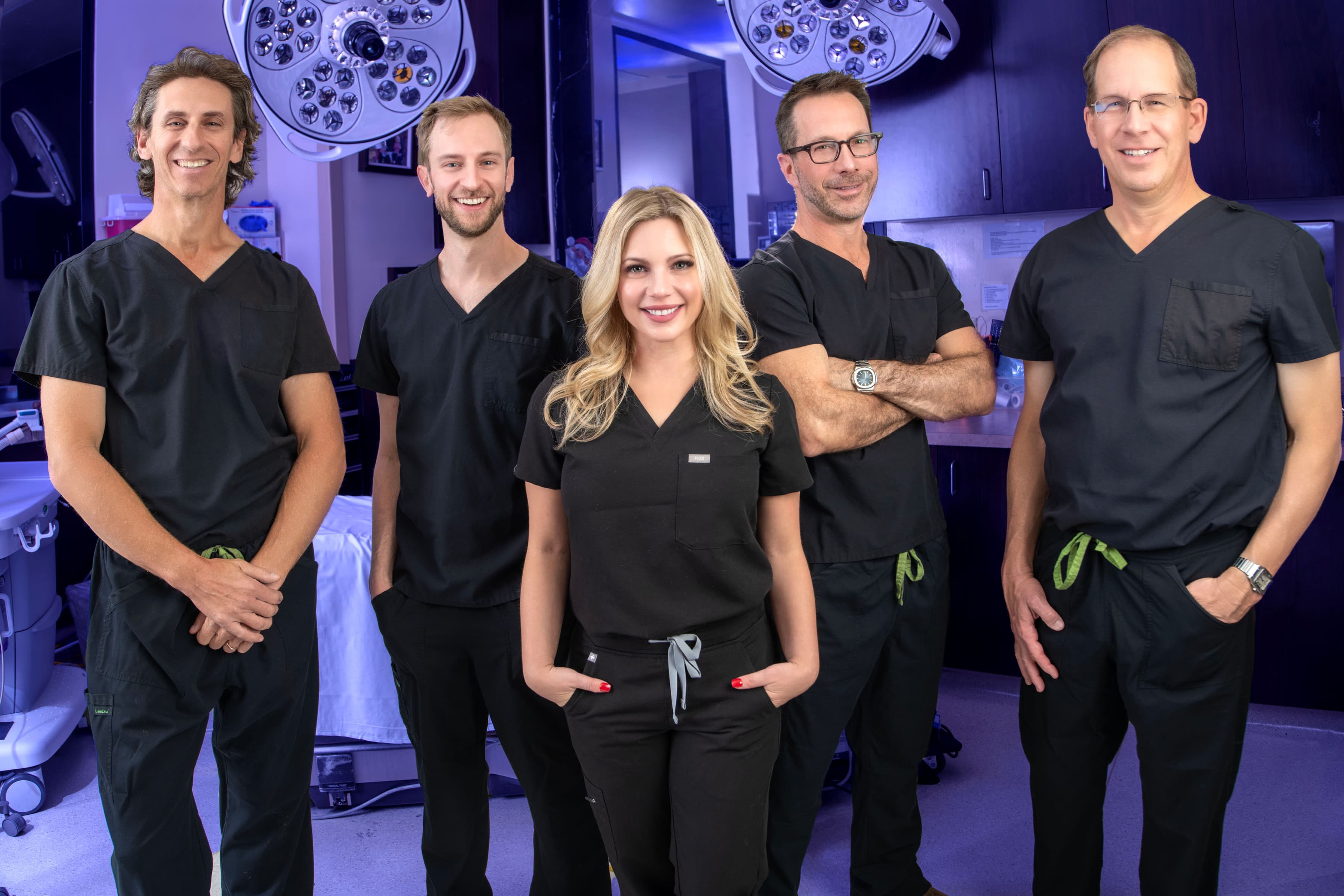The Center for Cosmetic Surgery
725 Heritage Road #100
Golden, CO 80401
Phone: (303) 278-2600
Monday – Friday: 8 a.m.–5 p.m.
The Center for Cosmetic Surgery
755 Heritage Road #100
Golden, CO 80401
Phone: (303) 279-6100
Monday – Friday: 8 a.m.–5 p.m.
The Center for Cosmetic Surgery
501 South Cherry Street #900
Denver, CO 80246
Phone: (303) 951-2100
Monday – Friday: 8 a.m.–5 p.m.
The Center for Cosmetic Surgery
501 South Cherry Street #900
Denver, CO 80246
Phone: (303) 951-2102
Monday – Friday: 8 a.m.–5 p.m.
The Center for Cosmetic Surgery
6985 Tutt Blvd Ste 110
Colorado Springs, CO 80923
Phone: (719) 380-1823
Monday – Friday: 9 a.m.–5 p.m.
Tummy Tuck in Denver, CO
- 2-3 Hour Surgery
- Back to Work: 1-2 Weeks
Expect nothing less than top-tier, personalized care and remarkable results from your tummy tuck at The Center for Cosmetic Surgery in Denver, Colorado. Tummy tuck surgery (abdominoplasty) is one of our most popular procedures, and our board-certified plastic surgeons are renowned as leaders in advanced tummy tuck techniques and superior outcomes. They share a passion for outstanding patient care, unmatched results, and ensuring we provide an experience that exceeds your expectations.
Trust Your Abdominoplasty to the Experts
Learn why The Center for Cosmetic Surgery is a top destination for tummy tuck patients from Colorado Springs, Fort Collins, and throughout the Denver metro area:
- Ours was the first practice in Colorado to adopt the improved no-drain approach to tummy tuck
- Our board-certified plastic surgeons have performed thousands of successful tummy tuck surgeries
- Advanced surgical techniques lead to improved scarring and recovery
- We use only an accredited, state-of-the-art surgical facility
- 72-hour post-op pain relief from a long-acting, non-opioid analgesic injection
Our surgeons would be happy to meet with you in person and answer your questions. Simply request a consultation or call our office at (303) 278-2600.
On This Page
What Is a Tummy Tuck?
Tummy tuck surgery removes loose, sagging skin and excess fat and restores weakened or separated abdominal muscles. The result is a flatter and firmer abdomen and more contoured waistline.
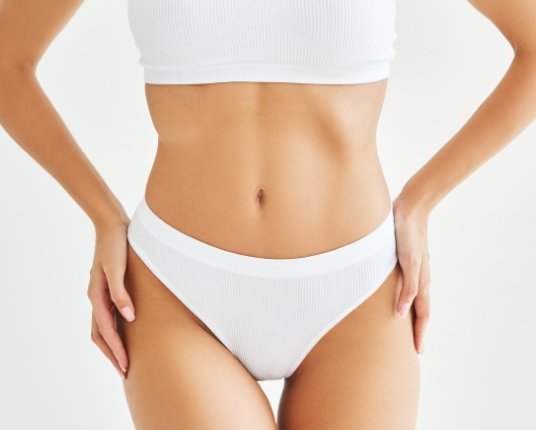
Tummy Tuck
Before & After Photos
WARNING:
This feature contains nudity. Please click OK to confirm you are at least 18 years of age and are not offended by such material.
Are You a Good Candidate for a Tummy Tuck?
An ideal tummy tuck candidate typically has excess abdominal skin and lax abdominal muscles, often resulting from pregnancy or weight loss. Good candidates also share a few common characteristics:
- They are at or near their ideal weight.
- They maintain a healthy lifestyle.
- Skin and muscle laxity don’t respond to diet and exercise efforts.
Patients with significant excess fat may consider pairing the procedure with liposuction for optimal results.
Mini Tummy Tuck vs. Tummy Tuck
While most patients require a full tummy tuck to attain the desired outcome, some may achieve satisfactory results with a mini tummy tuck, which targets only the area below the navel and uses a slightly shorter incision. Our tummy tuck specialists can help you decide which option is best for you.
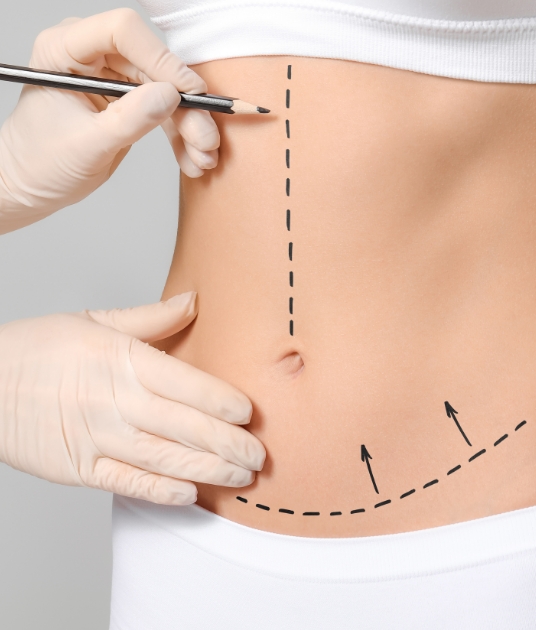
How Is the Tummy Tuck Procedure Performed?
The tummy tuck procedure slims the waist and flattens the stomach by removing excess skin and tightening the muscles of the abdominal wall. During your procedure, the surgeon begins by making a horizontal incision along the lower abdomen. Depending on the extent of the tummy tuck, a slightly longer incision or an additional incision at the navel may be necessary. The skin is drawn taut, and excess skin is removed. The horizontal incision is closed, and the belly button is repositioned through a new opening.
The tissue is lifted, and separated abdominal muscles (diastasis recti) are repaired using permanent sutures.
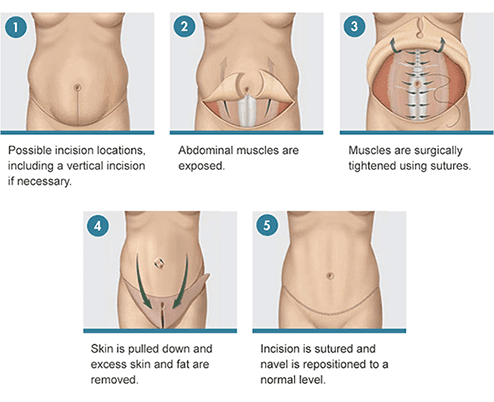
Traditional vs. No-Drain Tummy Tuck
In a traditional tummy tuck, fluid can accumulate in the open space that the procedure creates between the abdominal flap (the skin and fat) and the abdominal wall. Some surgeons insert drains to avoid this. However, our surgeons perform a specialized no-drain tummy tuck that uses progressive tension sutures to eliminate the open space, removing the need for drains. Patients are unable to feel the sutures, and they dissolve over time.
The Benefits of a Drainless Tummy Tuck
Dr. Vath, the first surgeon in Colorado to adopt the drainless tummy tuck, recognized its many benefits after training at an international conference in 2007. Our surgeons specialize in the approach which offers significant advantages for our patients:
- Increased Comfort: Eliminates the discomfort and fear associated with drains.
- Reduced Infection Risk: No concerns about infections at the drain entry sites.
- Better Healing: Dissolvable “quilting” sutures reduce tension on the incision, resulting in finer scars and fewer healing complications.
- Lower Seroma Risk: Progressive tension sutures effectively prevent fluid accumulation without the need for drains.
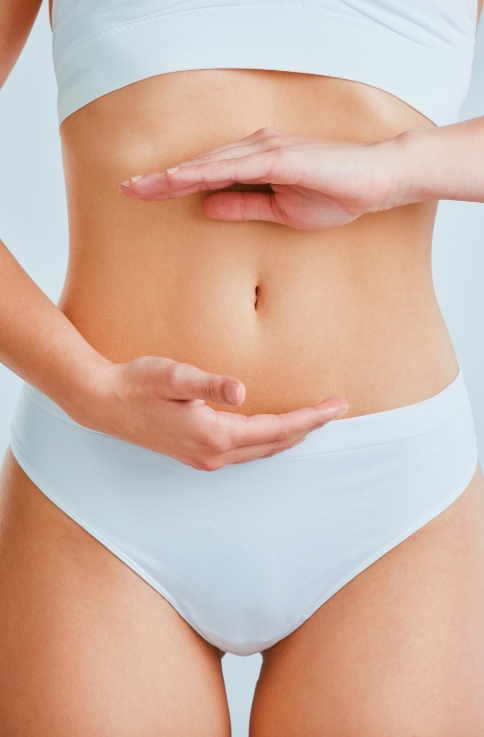
Combining a Tummy Tuck With Other Procedures
Combining procedures allows you to undergo a single anesthesia event and one recovery period while reducing costs.
Many patients combine tummy tuck surgery with other procedures to enhance their results. A popular combination is the Mommy Makeover, which adds liposuction and a breast lift or breast augmentationto tummy tuck surgery to address post-pregnancy body changes.
OUR EXCEPTIONAL PLASTIC SURGEONS
Board-certified plastic surgeons Dr. Steven Vath, Dr. Andrew Wolfe, Dr. Paul Steinwald, Dr. Matthew Freeman, and Dr. Teresa Cunningham lead our patient-centered practice with warmth, honesty, and respect.
How Long Is Tummy Tuck Recovery?
Although each patient’s recovery experience is unique, here’s a general timeline of what you can expect:
- The day of surgery: You may feel sluggish and sore. It’s essential to have someone with you at home to manage your medications and assist with your needs.
- Week 1: This is typically the most challenging part of the recovery. However, since we administer EXPAREL long-acting analgesic during the procedure, the first 3 days will be more comfortable. Because our surgeons use the no-drain tummy tuck technique, there are no drain tubes to manage or remove later in the process.
- Week 2: Take it easy for at least 2 weeks to allow your body sufficient time to heal. By the end of the second week, many patients are ready to return to work. You should continue to wear your compression garment for at least a month after the surgery.
- Weeks 3 to 6: During this time, you’ll gradually resume most of your normal activities. By week 4, you can drive, lift heavy objects, and gradually resume your exercise routine.
- 6 weeks and beyond: By this time, the physical healing of your incisions is essentially complete, and you’ll have no exercise restrictions.
What Do Tummy Tuck Scars Look Like?
In a tummy tuck procedure, the surgeon makes a horizontal incision along the bottom of the abdomen, from hip to hip, just above the pubic area. The low placement makes the resulting scar easy to hide under clothing because it falls below the bikini line, and it will flatten and fade with time and proper care.
How Long Do Tummy Tuck Results Last?
Tummy tuck results are long-lasting if you maintain a stable weight and healthy lifestyle. While aging and weight fluctuations can affect results, many patients enjoy a flatter, more toned abdomen for years.
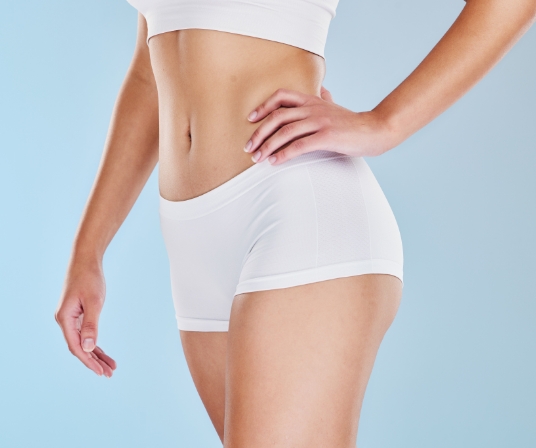
Tummy Tuck FAQs
How much does a tummy tuck cost in the Denver, CO, area?
The cost of a tummy tuck at our Denver practice varies depending on the technique performed and individual factors. You’ll receive a personalized estimate for your procedure during your consultation with one of our plastic surgeons. Financing options are available for qualified patients if desired.
Will my belly button look normal after surgery?
Our surgeons take special care in both the placement and stitching of your belly button to ensure the incision is thin and well-hidden when healed. They also use a technique to make the belly button funnel inward instead of lying unnaturally flat along the surface of the abdomen. Proper incision care is essential for the best outcome.
When can I exercise after a tummy tuck?
Even on the day of your surgery, it’s very important to get up and move around a bit because it prevents blood clots and encourages your body to heal more quickly. Resuming normal activity is more gradual. Most patients can resume light activity after 10 to 15 days. You will need to hold off on strenuous activity, including ab exercises, until at least 6 weeks after your tummy tuck. Learn more in this blog post.
Should I wait until I am finished having kids to get a tummy tuck?
It’s generally best to complete your family before undergoing a tummy tuck. While some patients do not require additional surgery after a post-tummy tuck pregnancy, others may need a mini-tuck or even a complete redo. Since there is no way to predict how your body will respond to pregnancy after a tummy tuck, waiting until you are finished having children is the most financially prudent option.
Schedule Your Consultation
If you’re considering a tummy tuck, we invite you to request a consultation or call our office at (303) 278-2600. Our board-certified plastic surgeons will customize a treatment plan to a treatment plan to achieve the slim, toned midsection you want.










